20 Incredible Photos Of What The World Looked Like In 1953
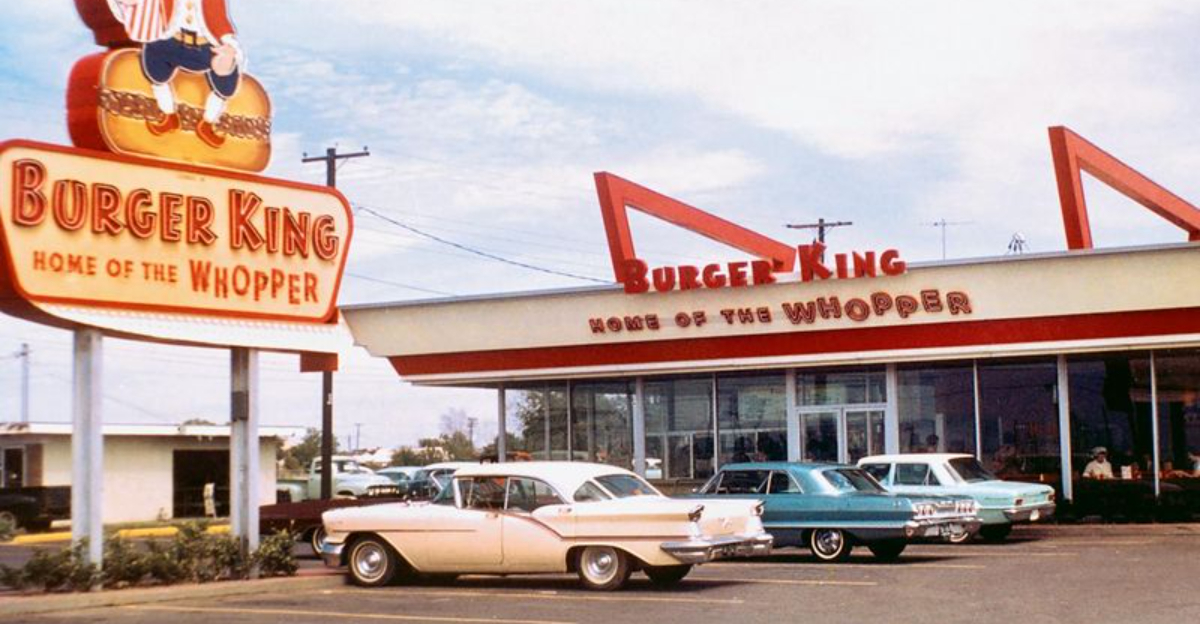
Journey with me back to 1953, a year crackling with the static of change and innovation, where the air was electric with possibility and a sense of history being made. Picture a world where televisions flickered with grainy black-and-white images—those first awkward steps into the era of televised wonder.
Cars, sturdy and heavy with chrome, roared down streets, a symbol of American optimism and post-war pride. The world was still humming with the echoes of conflict, but there was something new in the air—a sense of progress, of things changing rapidly.
It was the year when Queen Elizabeth II was crowned, a moment that stopped time and marked the beginning of a new era. Meanwhile, the discovery of DNA’s structure opened up a new frontier in science. Let’s stroll through these photographic tales, where coronations and discoveries wove a vibrant tapestry across the globe.
Hold on tight, because we’re about to relive a year when history was more than just words in a textbook—it was alive, crackling, and unfolding before our eyes.
1. Queen Elizabeth II Was Crowned
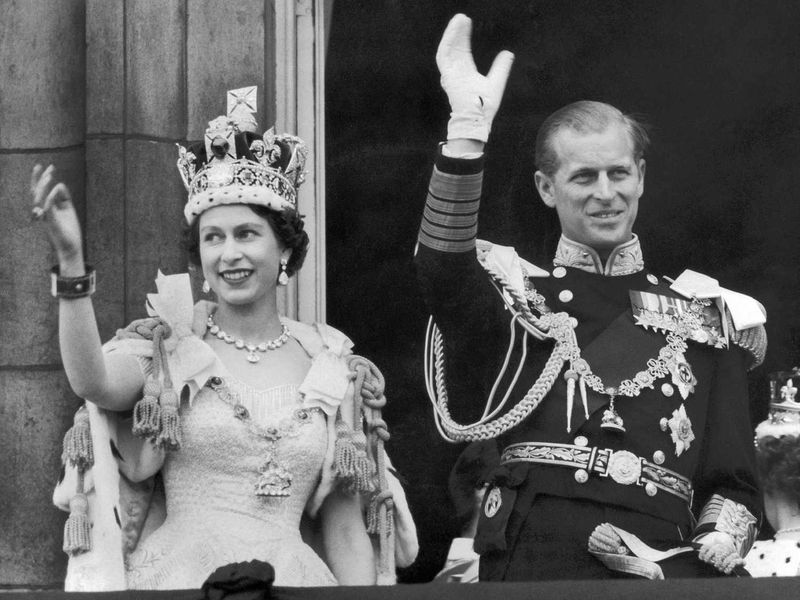
When the crown came down on June 2, 1953, it wasn’t just jewels and velvet that sparkled in the eyes of the world—it was the dawn of a new era. Picture this: A young, poised Queen Elizabeth II stepping into the regal spotlight, her age 27 years, wrapped in the splendor of her coronation robes.
This wasn’t just any event; it was the first-ever televised British coronation, making royalty feel like family to viewers worldwide. Imagine the grandiosity of Westminster Abbey, where history seeped through every stone as the ceremony unfolded.
Television screens across the globe buzzed with excitement, bringing this historic moment into living rooms for the first time. It was royalty + TV = ratings gold! Families huddled around their sets, eyes glued to the flickering images, feeling oddly connected to the pomp and circumstance miles away. A personal anecdote? My grandmother often reminisced how she sat with her family, eyes wide with dreams of castles and queens, and perhaps a hint of envy for those who could sip tea with Her Majesty.
2. DNA’s Double Helix Was Discovered
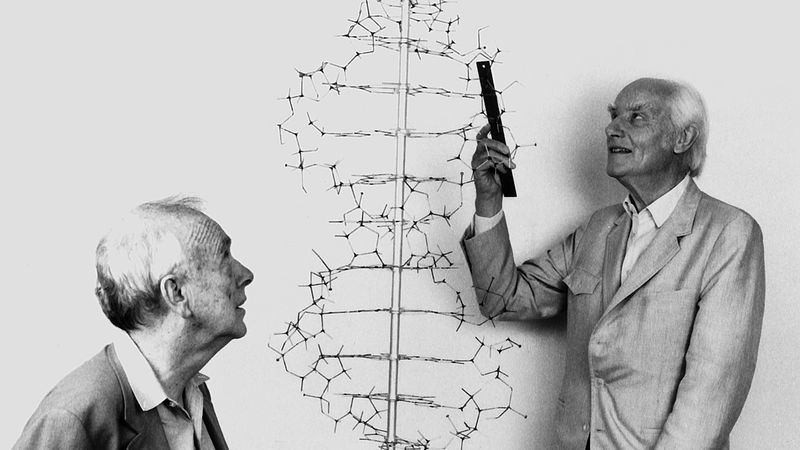
In 1953, Watson and Crick dropped the molecular mic, forever changing biology with their discovery of the DNA double helix. Imagine standing in their shoes, amidst the hallowed halls of Cambridge, as these two scientists—young James Watson, only 25, and his older partner Francis Crick, 37—pieced together the molecular puzzle that would become the foundation of modern genetics. This discovery wasn’t just a page-turner; it was a life-changer, rewriting textbooks and sparking a genetic revolution.
Imagine the thrill of that eureka moment when they realized the elegant simplicity of the double helix, a structure so perfect it seemed almost poetic.
Their work wasn’t just science; it was the symphony of life itself. My fascination with genetics? It all started with a comic strip depiction of this discovery—science meets art in a delightful twist! That strip hung on my wall, a reminder of how a twist of fate, much like the twist of DNA, can shape our future.
3. Joseph Stalin Passes
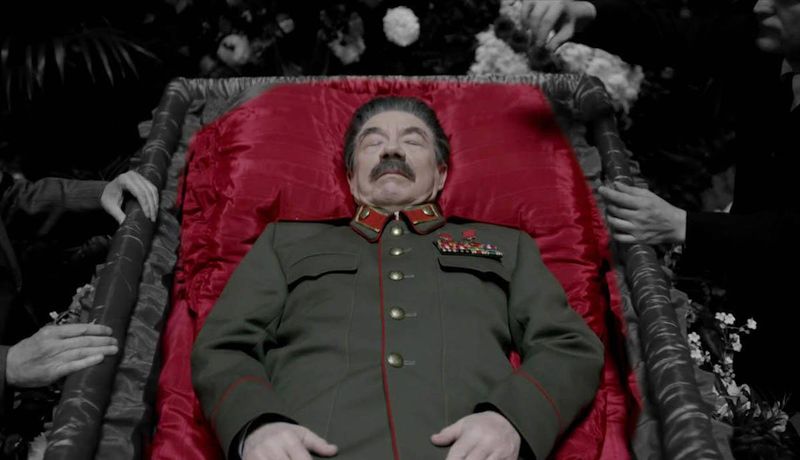
March 5, 1953, marked the end of an era as Joseph Stalin, the Soviet Union’s formidable leader, took his final bow. His passing sent shockwaves through the USSR, initiating a power shuffle akin to a game of political musical chairs. Picture this: Stalin lying in state, age 74, as mourners shuffled by, their faces a study of somber reverence—a scene that encapsulated the gravity of the moment.
For nearly three decades, Stalin’s iron fist had shaped Soviet policies and lives, casting a long, often chilling shadow over Eastern Europe. With his passing, that shadow began to lift, though not without leaving behind a legacy as complex as a Russian novel.
I remember hearing stories of how some celebrated in secret, while others wept openly, unsure of what the future held. The world stood on the precipice of change, wondering what the next chapter would bring.
4. The Korean War Ended
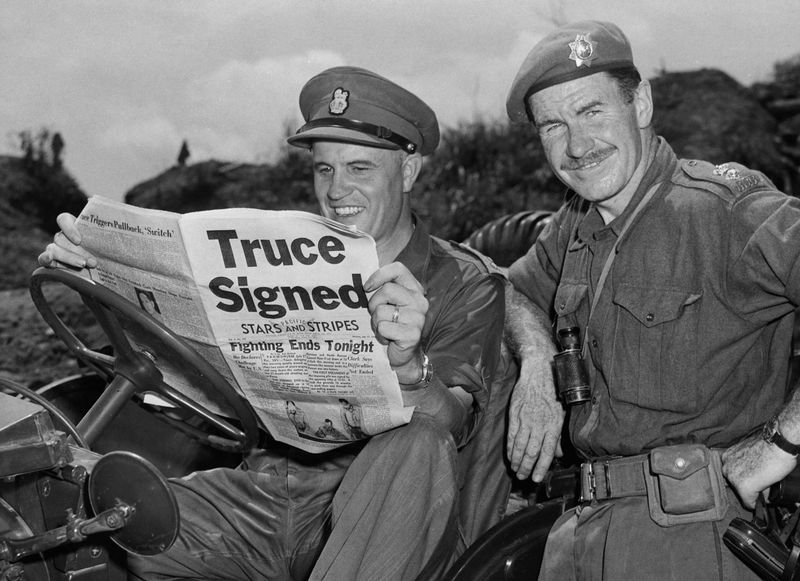
July 27, 1953, marked the day the guns fell silent on the Korean Peninsula, but the echoes of the Korean War still reverberated across the globe. An armistice was signed at Panmunjom, halting hostilities but leaving the Korean Peninsula technically still at war. Visualize this: Military officials from both sides seated at a large table, the weight of their pens heavy with the promise of peace.
The world watched closely as the smoldering tensions cooled, at least on the surface. With families like mine, who had relatives stationed overseas, it was a moment of relief tinged with the bittersweet understanding that the peace was fragile.
My uncle would speak of the letters he sent home, always ending with ‘Hope to see you soon,’ a phrase that finally seemed possible in 1953. This uneasy truce was like a Band-Aid on a deep wound, yet a necessary one to stop the bleeding.
5. Edmund Hillary and Tenzing Norgay Conquered Everest
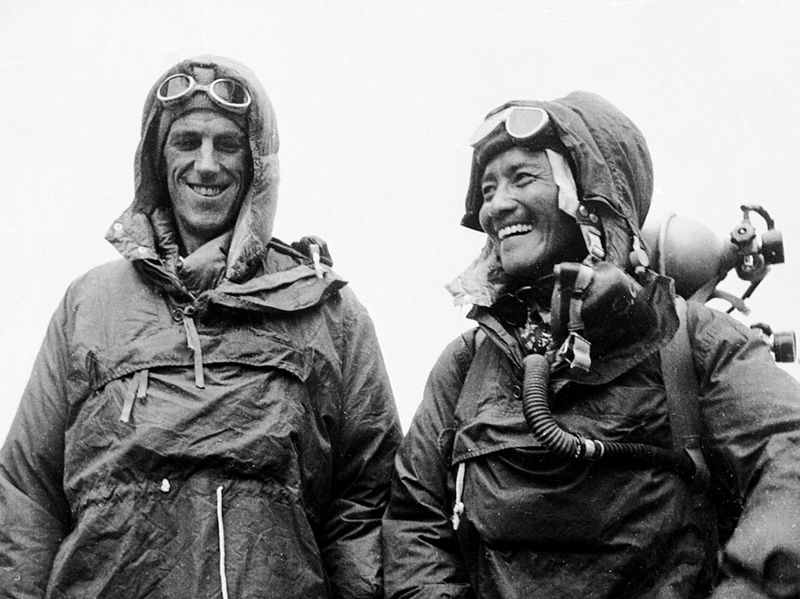
Scaling Mount Everest was the stuff of legends until May 29, 1953, when Edmund Hillary and Tenzing Norgay turned myth into reality by reaching the summit. Imagine standing atop the world, the air thin, the snow pristine, and the view unparalleled—absolute legends indeed! This monumental feat redefined human endurance and sparked imaginations worldwide.
Their journey wasn’t just a climb; it was an ascent into history. Picture this: Hillary, the stoic New Zealander, and Norgay, the spirited Sherpa, standing side by side against a backdrop of endless sky, their triumph etched in the frost of Everest’s peak.
It was a story my father loved to tell, always ending with, ‘They showed us that no mountain is too high if you have the will to climb.’ Their victory was more than a personal achievement; it was humanity’s collective leap towards the stars.
6. The First Playboy Magazine Was Published

In December 1953, Hugh Hefner took a bold leap into the world of publishing, forever changing the landscape of men’s magazines with the release of the first Playboy issue. Picture Marilyn Monroe gracing the cover, her iconic smile lighting up newsstands—an image that would soon become emblematic of a cultural revolution.
This wasn’t just a magazine; it was a movement. With its articles, interviews, and pin-ups, Playboy redefined what it meant to be sophisticated and daring, all wrapped in a glossy, provocative package.
My first encounter with this symbol of the 1950s’ rebellious spirit was in an old attic, where stacks of vintage issues whispered stories of liberation and allure. Hefner’s empire began modestly, yet its impact was anything but small—a testament to the power of a well-timed, audacious idea.
7. The First James Bond Novel Was Released
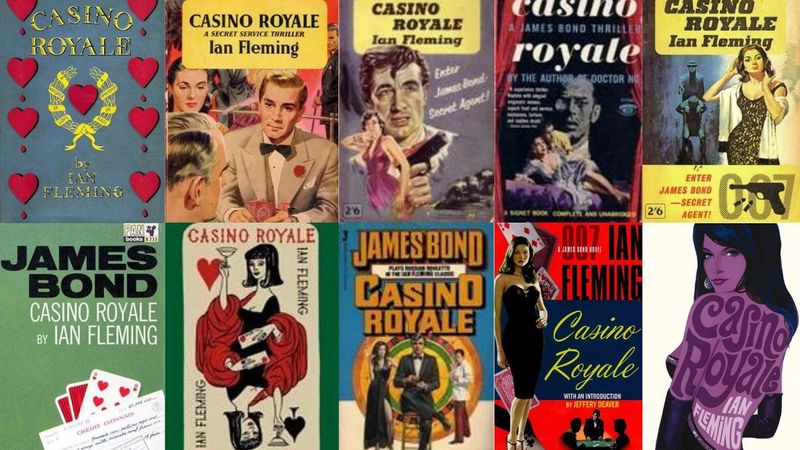
1953 was shaken and stirred by the introduction of a certain British spy who would become a global icon. Ian Fleming’s ‘Casino Royale’ hit the shelves, providing the world its first taste of James Bond—an irresistible cocktail of charm, danger, and sophistication.
Imagine the allure of Bond’s universe, filled with high-stakes gambling and espionage, all detailed with a writer’s keen eye for suspense.
Readers were swept into a whirlwind of intrigue and action, captivated by a hero who was as smooth as his martinis. My father’s well-worn copy of ‘Casino Royale’ was a staple of our family library, always ready for a reread when reality needed a bit of adventure. Bond, James Bond, wasn’t just a character; he was an experience, a promise of excitement in every page turned.
8. Dwight D. Eisenhower Took Office
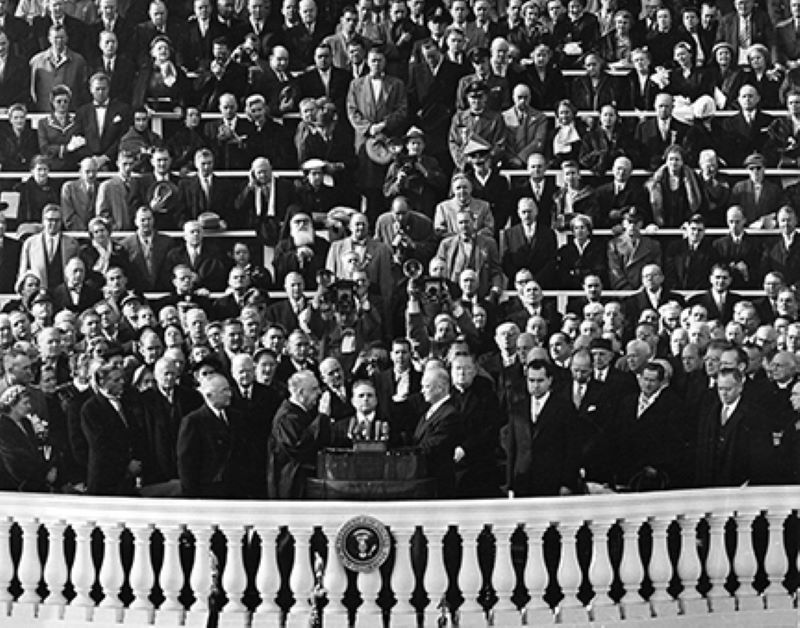
On January 20, 1953, the United States welcomed a new leader as Dwight D. Eisenhower took the presidential oath, ushering in a Republican era. Picture the scene: Washington, D.C., buzzing with anticipation, the cold January air crackling with the promise of change. Eisenhower, a war hero turned politician, stood resolute, ready to guide a nation eager for stability post-World War II.
His presidency promised a blend of military precision and grandfatherly wisdom—a comforting presence amid the Cold War’s chilling tensions.
My grandfather often recounted listening to the inaugural speech on the radio, the static mixing with Eisenhower’s steady voice—a symbol of confidence in uncertain times. Eisenhower’s leadership was more than political; it was personal, touching the lives of those who yearned for peace and progress.
9. The First Color Television Broadcasts Began in the U.S.

1953 was the year when television screens burst into color, albeit in limited broadcasts. Imagine the wonder of seeing vibrant hues flicker across the screen, a spectacle that transformed living rooms into theaters of imagination. This leap from black-and-white to color was akin to Dorothy stepping into Oz—suddenly, the world was painted in technicolor.
Families would gather, eyes wide with awe, as their favorite shows took on a new, vivid life. My grandmother often told tales of the first time she saw a color broadcast, comparing it to watching a rainbow dance across the screen.
While color television was still a novelty, its promise was undeniable, setting the stage for a full spectrum takeover that would redefine entertainment.
10. Chevrolet Released the First Corvette
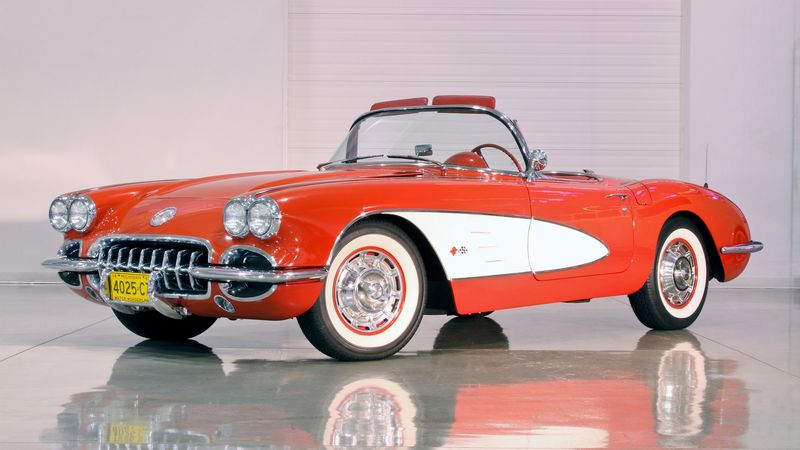
When Chevrolet unleashed the Corvette in 1953, it wasn’t just a car—it was a symbol of American innovation and flair.
Picture this: A sleek, white fiberglass body gliding down the streets, turning heads with its futuristic design. This wasn’t just a vehicle; it was an icon, a statement on wheels that whispered promises of speed and adventure.
The Corvette was more than just horsepower; it was a dream machine that captured the spirit of a nation on the move. My uncle, a car enthusiast, often spoke of the first time he laid eyes on a Corvette, describing it as love at first sight—a sleek marvel that felt like the future had finally arrived. With 150 horses under the hood, it wasn’t just about getting from A to B; it was about doing so with style and passion.
11. The Rosenbergs Were Executed
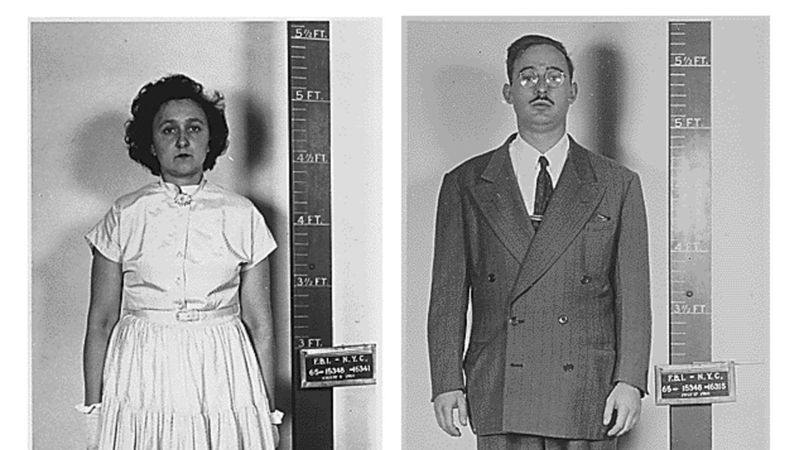
June 19, 1953, was a day that would forever etch the names Julius and Ethel Rosenberg into the annals of history. Convicted of espionage and accused of passing atomic secrets to the Soviets, their execution was shrouded in controversy. Picture this: Outside Sing Sing Prison, protestors with placards stood in silent vigil, their faces a tapestry of defiance and despair, as the world grappled with the implications of their fate.
The Rosenbergs’ trial and subsequent execution were more than just a legal proceeding; they became a flashpoint for debates on justice, loyalty, and fear in Cold War America.
My grandmother recalled how the news of their execution sent ripples through her community, sparking heated discussions at dinner tables and coffee shops. It was a case that divided a nation, leaving behind questions that echoed long after the electric chair was turned off.
12. Burger King Was Founded
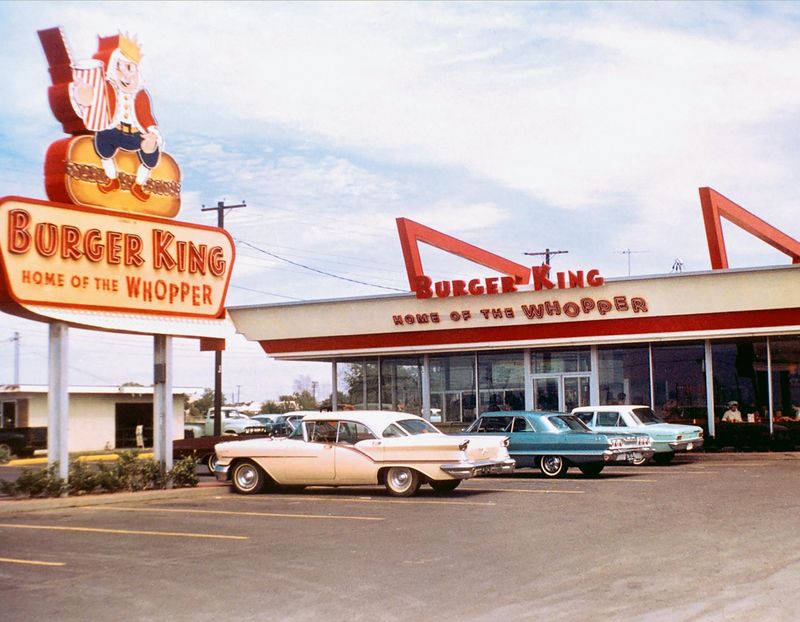
In 1953, the fast-food landscape got a flame-grilled makeover with the founding of Burger King in Florida. Imagine the scene: A small restaurant with vintage signage, the air thick with the scent of sizzling patties, and a line of eager customers waiting to taste the first Whopper. This wasn’t just the birth of a burger joint; it was the start of an empire.
Burger King brought a new dimension to convenience dining, offering a fast, affordable, and satisfying alternative to the traditional sit-down meal.
My first Whopper experience? It was love at first bite—juicy, tangy, and oh-so-satisfying. Burger King didn’t just fill stomachs; it filled a niche, forever changing how we think about fast food and its role in our daily lives.
13. The Polio Vaccine Was Successfully Tested
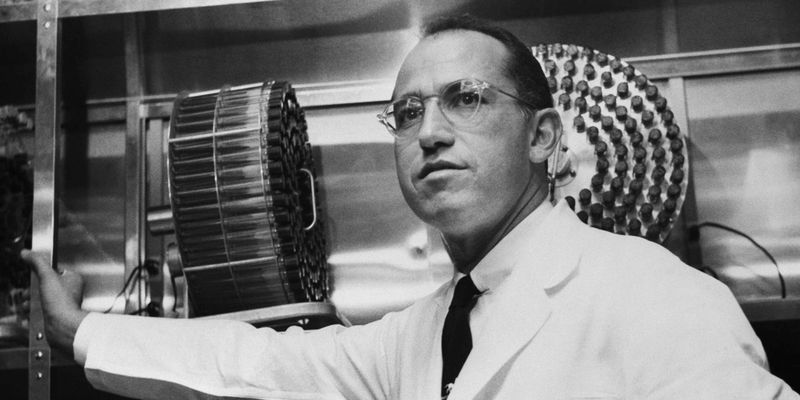
1953 was a milestone year in medical history, as Jonas Salk successfully tested the polio vaccine, a breakthrough that heralded hope for millions worldwide. Picture this: Salk, at age 39, standing in a sterile laboratory, administering the first vaccine—a moment that would become a beacon of progress in the fight against a crippling disease.
The polio epidemic had cast a long shadow over families, with its victims often left paralyzed in its wake. My grandfather spoke of the palpable relief in communities as news of the vaccine’s success spread, likening it to the sun breaking through storm clouds.
This wasn’t just a medical triumph; it was a triumph of human spirit and ingenuity, a testament to our relentless pursuit of a healthier, safer world.
14. “How Much Is That Doggie in the Window?” Topped the Charts
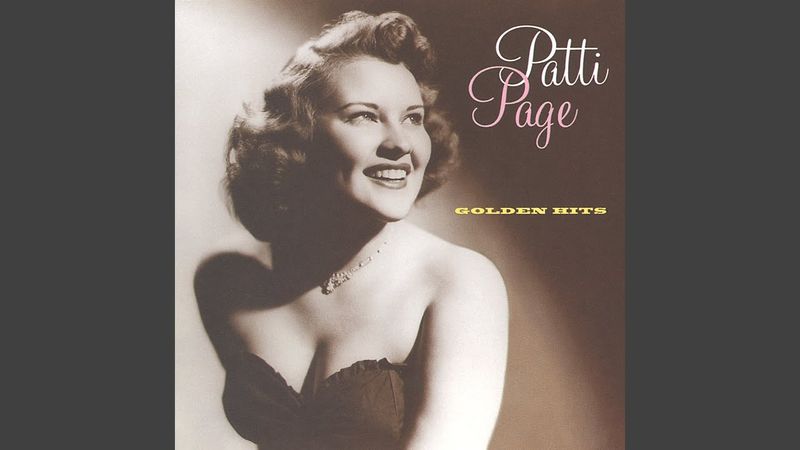
In 1953, the airwaves were dominated by a catchy tune that had everyone asking, ‘How much is that doggie in the window?’ Patti Page’s whimsical hit topped the charts, embedding itself into the cultural consciousness like a delightful earworm.
Imagine the scene: A family gathered around a radio, their toes tapping in time with the playful melody.
The song was more than just a hit; it was a snapshot of post-war America’s craving for simplicity and joy. My mother often recounted how she danced around the living room, imagining the doggie’s wagging tail and soulful eyes. It was a tune that transcended mere notes, capturing the innocence and optimism of an era eager for light-hearted fun.
15. Censorship Battles Over Comics Raged On
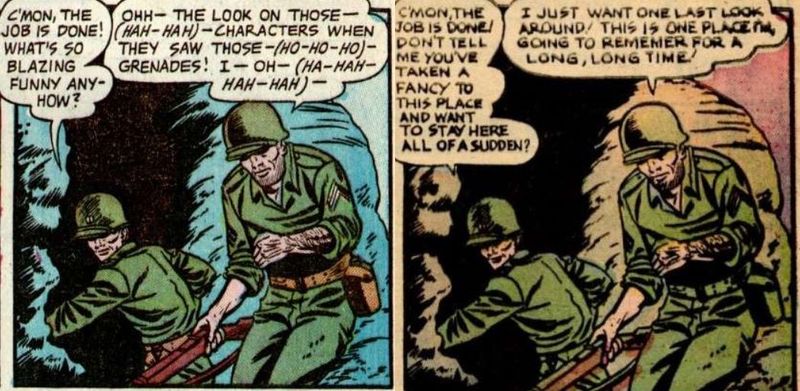
In 1953, the world of comics was under siege as censorship battles raged on, with superheroes caught in the crossfire of moral outrage. Picture this: Vibrant comic book covers featuring caped crusaders, surrounded by angry parents and stern-faced advocates calling for stricter controls. It was a clash between artistic freedom and societal norms, with the heroes we adored at its heart.
The uproar over comics was more than just a debate; it was a reflection of a society grappling with change and the influence of media on young minds.
My first comic book, a tattered relic of that era, was a treasure trove of stories that defied the controversies swirling around them. Despite the furor, comics continued to thrive, proving that creativity could withstand even the harshest scrutiny.
16. The First 3D Movie Craze Kicked Off

1953 was the year the movie-going experience took a literal leap off the screen with the advent of 3D films. ‘House of Wax’ led the charge, drawing audiences eager to don their red-and-blue glasses and experience cinema in a whole new dimension.
Picture this: A bustling theater marquee advertising the latest 3D hit, with patrons lined up, their anticipation as palpable as the popcorn in their hands.
The first 3D craze wasn’t just about visuals; it was about immersing audiences in an adventure that felt tangible. My first 3D experience left me wide-eyed, marveling at objects seemingly leaping into the theater. This cinematic innovation paved the way for future technological advances, forever changing how stories were told on the silver screen.
17. Disney’s Peter Pan Was Released
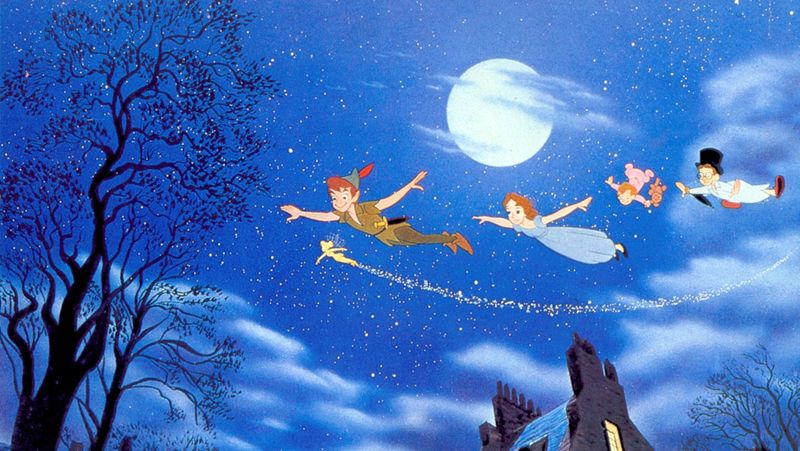
In 1953, Disney took to the skies with the release of ‘Peter Pan,’ an animated masterpiece that invited audiences to embrace their inner child.
Imagine the magic: Peter, Wendy, John, and Michael soaring over London, the cityscape twinkling below, all thanks to a sprinkle of Tinker Bell’s pixie dust. It was a visual delight that captured the wonder and whimsy of childhood dreams.
‘Peter Pan’ wasn’t just entertainment; it was an invitation to believe in the impossible, a call to adventure that resonated with viewers of all ages. My first encounter with Neverland was through a scratchy VHS tape, where I’d press rewind repeatedly just to watch the spectacular flight over London. Disney’s tale of never growing up became a timeless classic, enchanting generations with its eternal invitation to fly.
18. Sir Winston Churchill Won the Nobel Prize for Literature

In 1953, Sir Winston Churchill added yet another feather to his illustrious cap by winning the Nobel Prize for Literature. This accolade wasn’t for his political acumen but for his mastery of the written word.
Picture this: Churchill, age 79, the statesman-turned-wordsmith, holding his Nobel certificate amidst a sea of books and writings, the embodiment of intellect and eloquence.
The award was a testament to his ability to capture the human spirit through the power of language. My father often recounted how Churchill’s speeches and writings were like beacons during turbulent times, guiding nations with their clarity and conviction. Churchill’s literary triumph was a reminder that words could wield as much power as politics, shaping history with their artistry.
19. TV Dinners Were Invented

1953 was a year of culinary convenience as Swanson introduced the TV dinner, forever changing the way we dined. Picture this: A neat little tray with compartments of meat, peas, and mashed potatoes, ready to be heated and enjoyed in front of a television set. It was the future of laziness, wrapped in foil and portioned for comfort.
The TV dinner wasn’t just a meal; it was a revolution in domestic life, offering convenience to families juggling busy schedules.
My first TV dinner experience was a mix of curiosity and delight, as I watched the steam rise from the tray while a sitcom played in the background. Swanson’s innovation proved that sometimes, the best dinner companion was a trusty TV and a meal that required zero fuss.
20. Frank Sinatra’s Career Was Resurrected
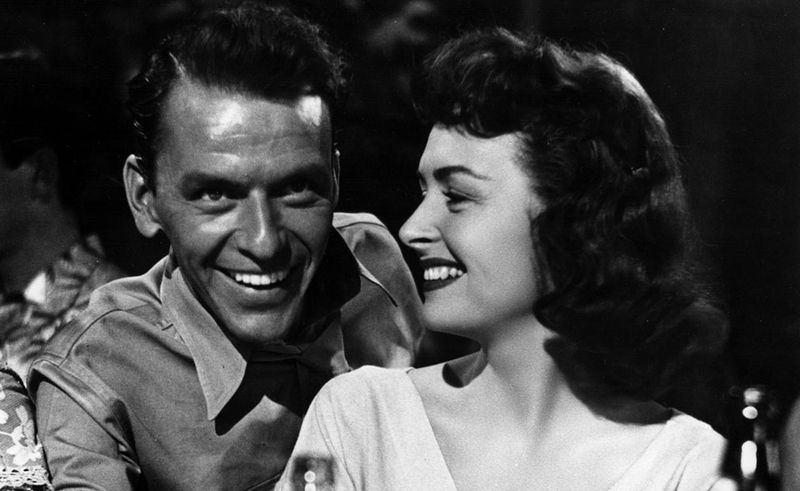
1953 was a comeback year for Frank Sinatra, as he resurrected his career with an Oscar-winning performance in ‘From Here to Eternity.’
Picture this: Sinatra on stage, microphone in hand, his voice as smooth as velvet, captivating an audience that had once doubted his staying power. It was a triumphant return to the spotlight, where his talent shone brighter than ever.
Sinatra’s resurgence wasn’t just about awards; it was about reclaiming his place as a beloved entertainer. My mother often spoke of the first time she saw him perform live, describing it as a magical experience that left everyone mesmerized. Sinatra’s journey from near obscurity to iconic status was a testament to perseverance and the enduring power of music.
